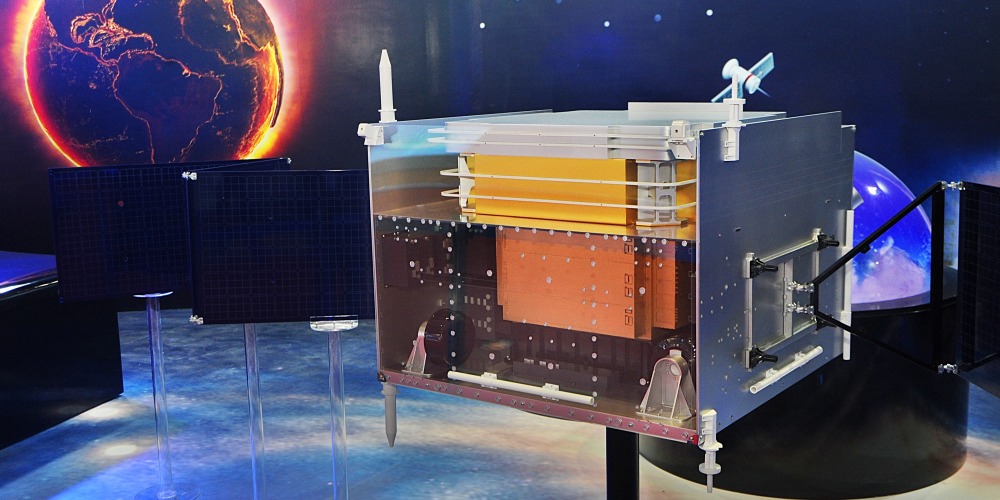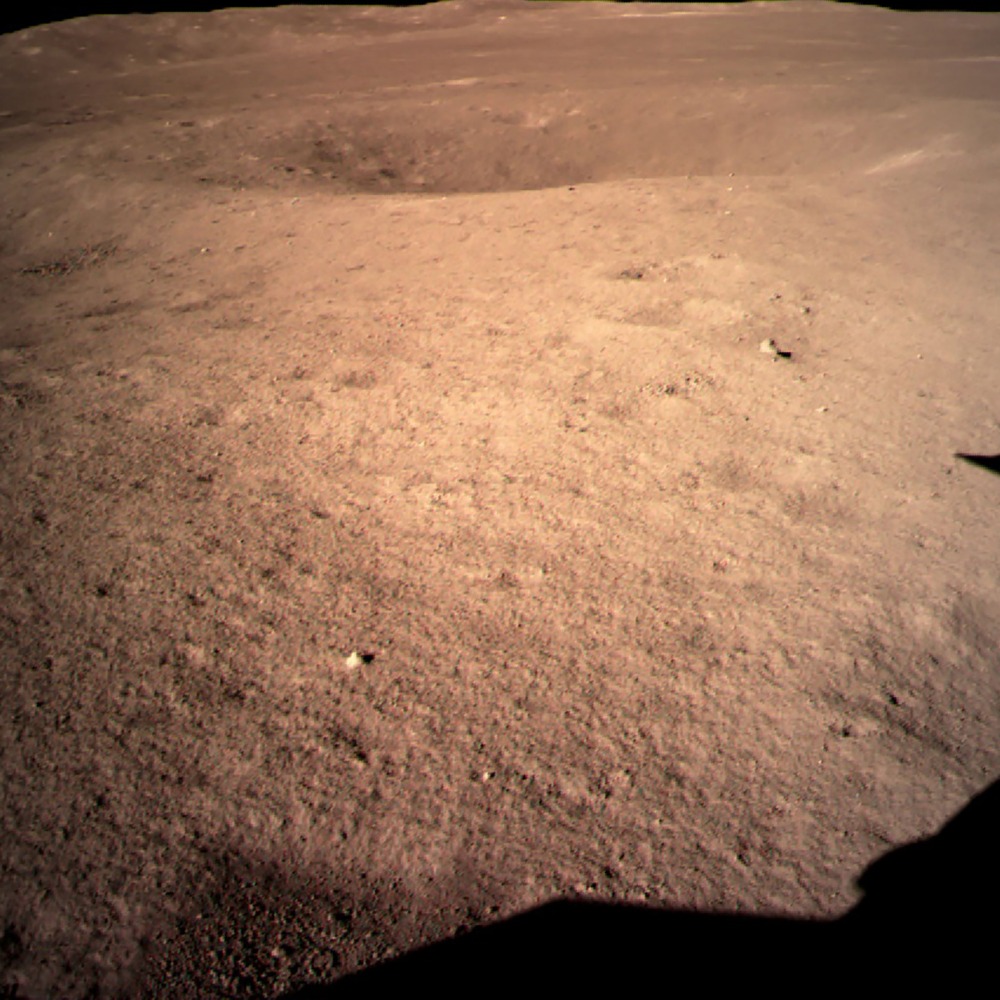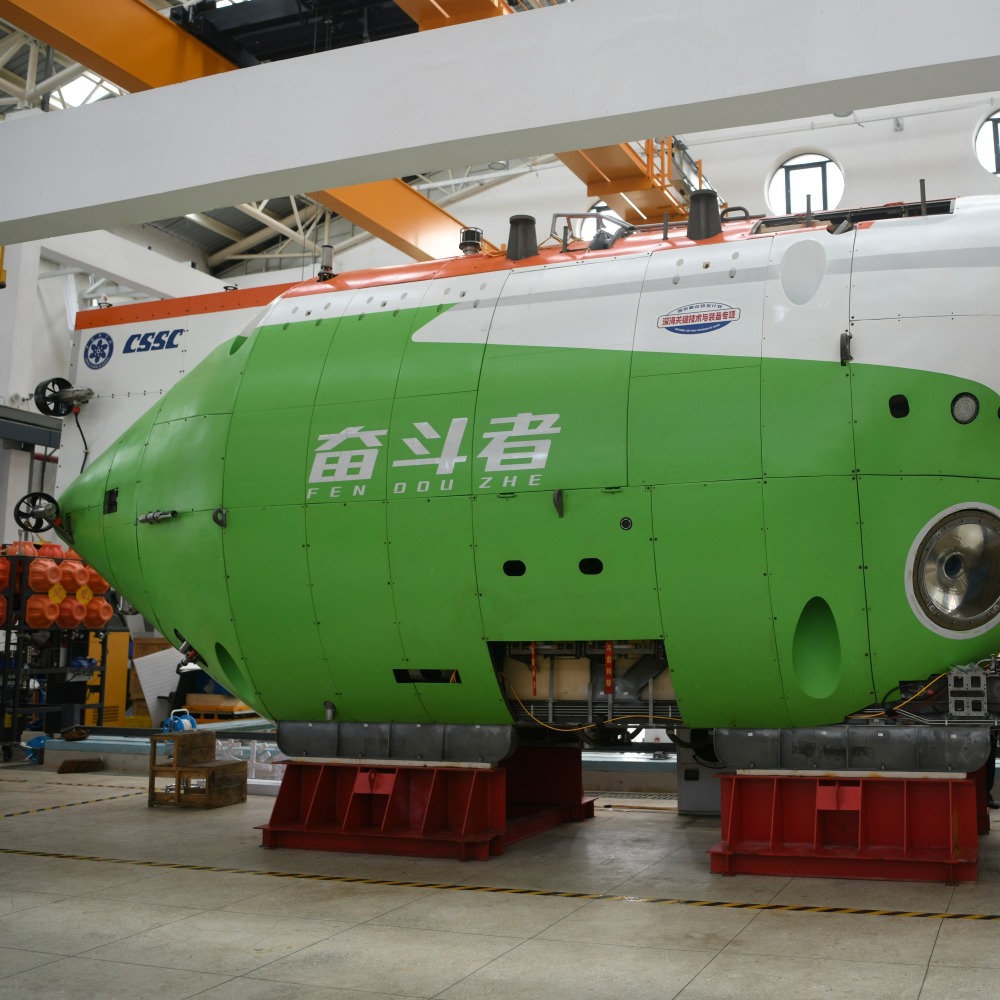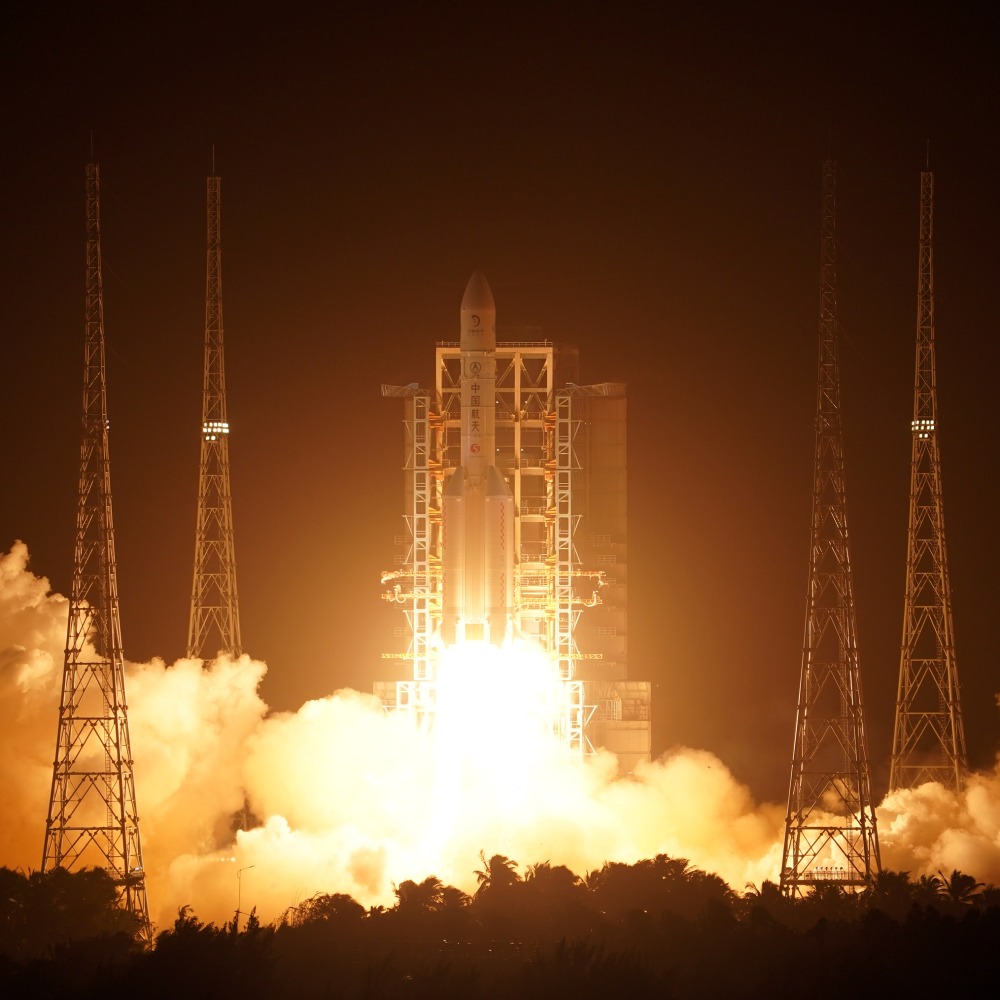Published : 2024-12-17
On December 17, 2015, China's first dark matter particle explorer "Wukong" (悟空號) was launched into space.
Wukong's payload consists of four sub-detectors: a plastic scintillator array detector, a silicon array detector, a calorimeter, and a neutron detector.
The primary scientific goal of Wukong is to search for evidence of dark matter particles by observing high-energy electrons (including positrons) and gamma-ray spectra in space, and to conduct related research on the origin of cosmic rays and gamma-ray astronomy.
In September 2021, Wukong released its first batch of gamma photon scientific data, totalling 99,864 cases, with 1,096 records of related satellite status files.
According to relevant experts, because gamma photons do not carry a charge and are not deflected by magnetic fields during transmission, they can better carry information about the distribution of dark matter in space.
Therefore, gamma-ray data have special value in the indirect detection of dark matter. Wukong's gamma-ray observations have extremely high energy resolution, which is expected to better assist the study of the dark matter's properties.




























